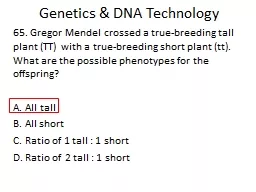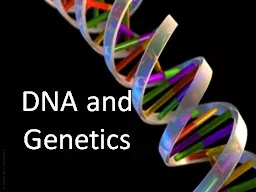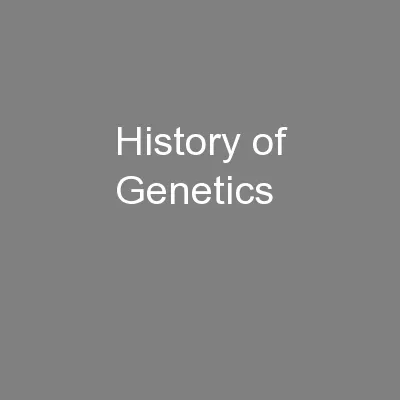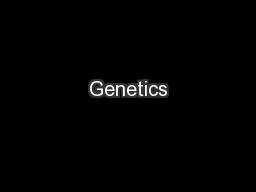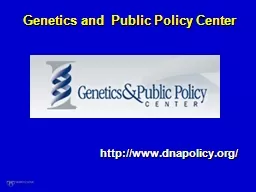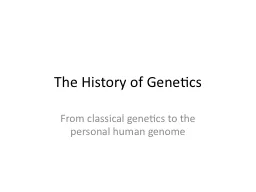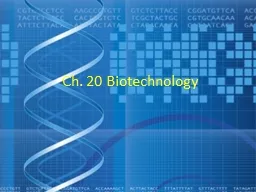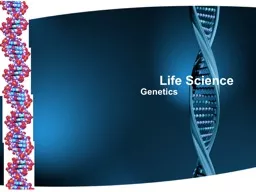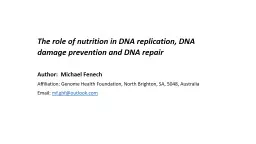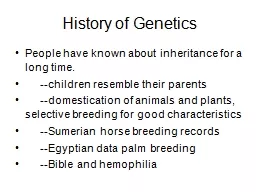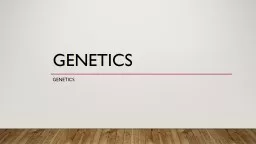PPT-Genetics & DNA Technology
Author : conchita-marotz | Published Date : 2018-10-31
65 Gregor Mendel crossed a truebreeding tall plant TT with a truebreeding short plant tt What are the possible phenotypes for the offspring A All tall B
Presentation Embed Code
Download Presentation
Download Presentation The PPT/PDF document "Genetics & DNA Technology" is the property of its rightful owner. Permission is granted to download and print the materials on this website for personal, non-commercial use only, and to display it on your personal computer provided you do not modify the materials and that you retain all copyright notices contained in the materials. By downloading content from our website, you accept the terms of this agreement.
Genetics & DNA Technology: Transcript
Download Rules Of Document
"Genetics & DNA Technology"The content belongs to its owner. You may download and print it for personal use, without modification, and keep all copyright notices. By downloading, you agree to these terms.
Related Documents

